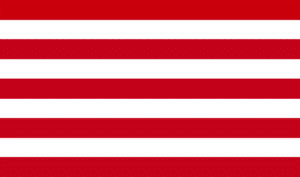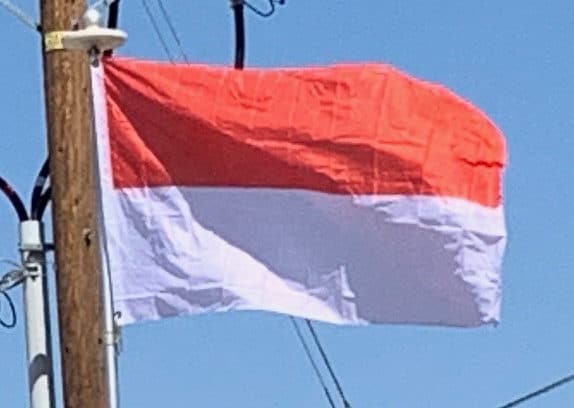The flag’s colors are derived from the banner of the 13th century Majapahit Empire. However, it has been suggested that the red and white symbolism can trace its origin to the older common Austronesian mythology of the duality of Mother Earth (red) and Father Sky (white). This is why these colors appear in so many flags throughout Austronesia, from Tahiti to Madagascar. The earliest records of the red and white panji or pataka (a long flag on a curved bamboo pole) can be found in the Pararaton chronicle; according to this source, the Jayakatwang troops from Gelang-Gelang hoisted the red and white banner during their invasion of Singhasari in the early 12th century. This suggests that even before the Majapahit era, the red and white colors were already revered and used as the kingdom’s banner in the Kediri era (1042-c.1222).

In the early 20th century these colors were revived by students and then nationalists, as an expression of nationalism against the Dutch. The modern red and white flag which was first flown in Java in 1928, was prohibited under Dutch rule. Upon Indonesia’s declaration of independence on 17 August 1945 it was adopted as the national flag, and has been in use ever since. After Indonesia’s independence was recognized, Monaco, which had a similar flag, filed a complaint which was largely ignored.
Several opinions have been expressed on the meaning of the red and white in the Indonesian flag. One opinion is that the red stands for courage, while the white stands for purity. Another is that red represents the human body or physical life, while white represents the soul or spiritual life; together they stand for a complete human being.
